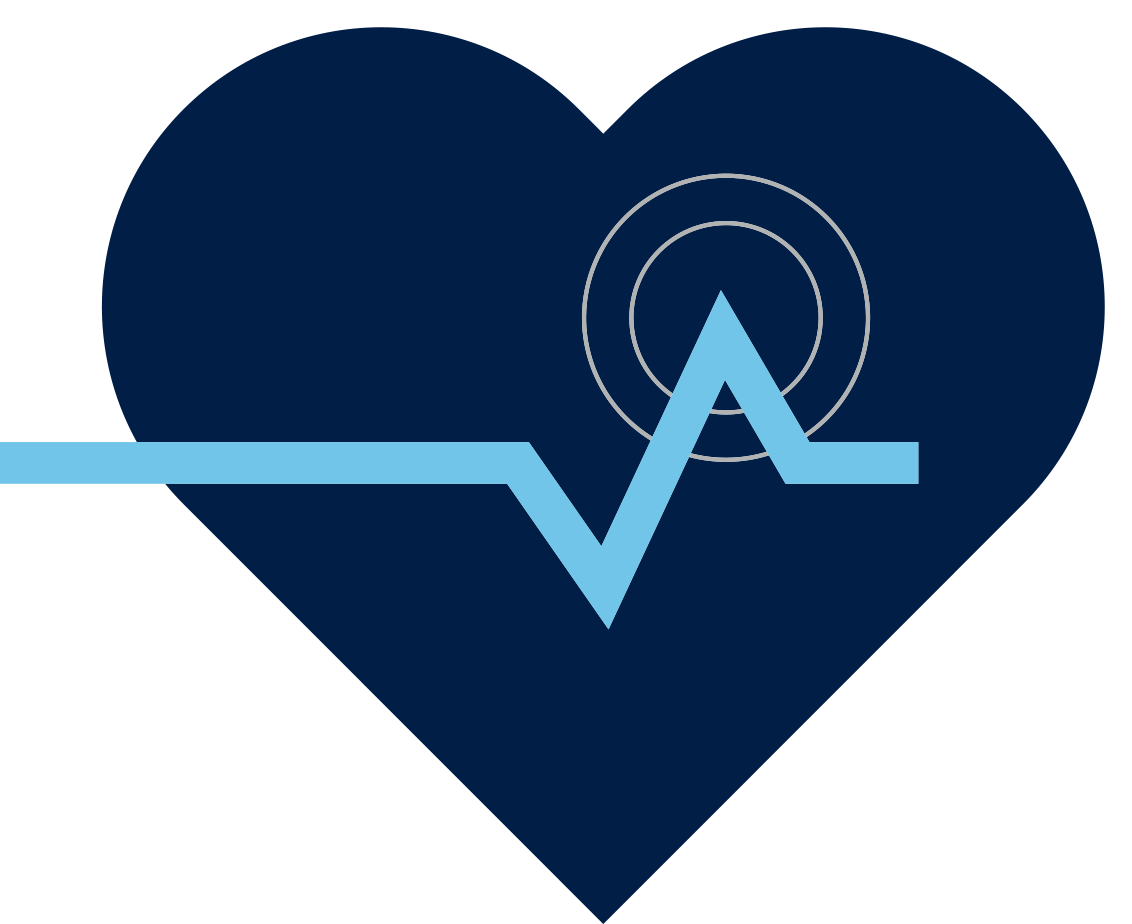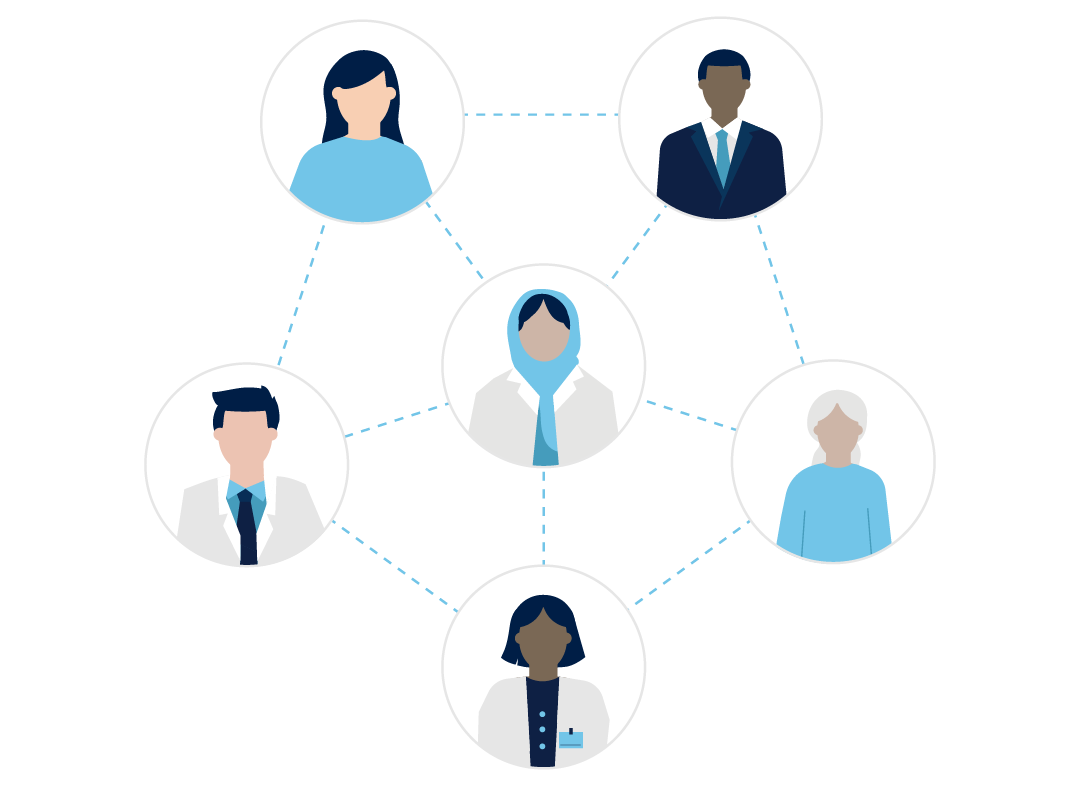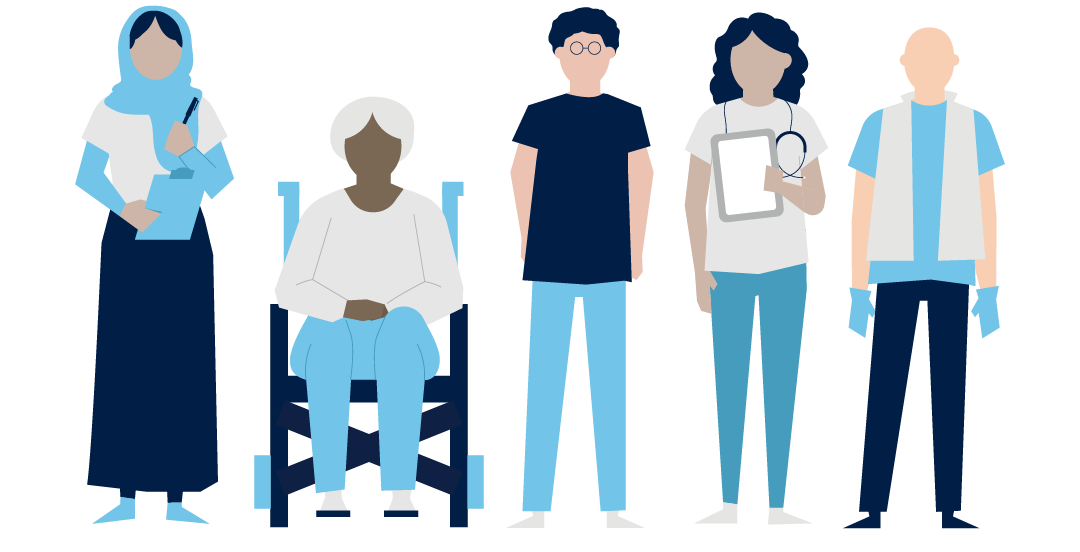
Stories
New implantable cardiac monitor ushers in new era in remote programming
Cardiologist Dr. Blandine Mondésert feels like she’s working at the edge of a new medical frontier where remote heart monitoring and programming devices and technology will eventually help...
Cardiologist Dr. Blandine Mondésert feels like she’s working at the edge of a new medical frontier where remote heart monitoring and programming devices and technology will eventually help eliminate distance as an obstacle between doctors and many cardiac patients.
An electrophysiologist at the Montreal Heart Institute, Dr. Mondésert recently became the first cardiologist in Canada to insert a new implantable cardiac monitor – the LINQ II™ by Medtronic – which features expanded remote monitoring capabilities and, for the first time in an implanted cardiac device, remote programming functions.
The tiny device – about a third of the size of a AAA battery – is designed for long-term monitoring of cardiac patients who experience symptoms such as irregular heart rates or fainting on an infrequent basis. Patients can use smartphones to automatically send data from the device with a mobile app that enables secure communication via Bluetooth, or they can transmit device data with a home communicator.
Dr. Mondésert has already taken advantage of the technology to remotely adjust settings on the monitor for patients since she implanted the first device in January 2021. Remote programming allows her to finetune settings to more effectively detect and track irregular heart activity or arrhythmias.
“The big difference with the new version is that we can use the remote system to follow the patients and also to reprogram their settings while they stay at home, if we need to,” she says. “They don’t have to come to the hospital. Sometimes we have some patients from out of province or from very far outside Montreal. When they have to come 900 kilometres just to change a setting, it’s a major inconvenience.”
In the midst of a surging COVID-19 pandemic when Canadians are being urged to stay home and limit in-person interactions whenever possible, it’s also an important tool to help people increase safety and decrease their risk of coming into contact with the virus.
The LINQ II is a state-of-the-art diagnostic device designed to monitor and securely transmit heart rhythm information between the patient and their doctor, but does not deliver therapy or medically intervene in a patient’s therapy, like stabilizing the pace of a racing heart.
However, Dr. Mondésert says the day is not far off when remote programming technology similar to what is inside the LINQ II can be added to pacemakers and implantable defibrillators, making it possible for cardiologists to go a step further in helping patients from afar.
“It will be a huge advancement for the patients in terms of the quality of healthcare we can give to them,” she says. “They won’t have to come to the clinic every time to change something in their pacemaker.”
In the meantime, Dr. Mondésert says the remote programming and advanced monitoring features on the LINQ II are already providing significant benefits to patients.
“The remote monitoring function is very helpful because it allows me to follow the patient between in-person visits,” she says. “If I see anything wrong, I can notify them and tell them they need to come to the hospital.”
Cardiac patients and their families enjoy the extra peace of mind remote monitoring gives them, including 14-year-old Elizabeth Chabot, of Montreal, and her parents.
Elizabeth, a patient of Dr. Mondésert’s, has been using the LINQ II since February 2021 and was among first Canadians to be implanted with the device.
An accomplished athlete and martial artist who competes in Taekwondo, Elizabeth was otherwise fit and healthy, but had sporadic fainting episodes that began nearly two years ago. A blackout while she was skiing caused her to crash into a tree and suffer a number of injuries, including a concussion. While being treated at hospital after the skiing accident, doctors cannot determine the cause of Elizabeth’s fainting. Severe vaso-vagal syncope is suspected but not proven yet.
“When I found out I was having these blackouts because of an issue with my heart, I was in disbelief,” she says. “At first I was definitely upset, because I’m an active person, I’m a healthy person, I eat well, I take care of myself in that way, so that also added to the disbelief.”
Because Elizabeth’s cardiac episodes have been intermittent, the LINQ II is a good option to monitor any changes in her heart activity over the long term without getting in the way of her active, teenage lifestyle. The knowledge that the implanted device is constantly monitoring her heart for signs of potential complications and the app can send the data to her cardiologist is comforting to Elizabeth and her family.
Patients can also allow others, such as parents or loved ones, to monitor data captured by the LINQ II via the smartphone app. This allows Elizabeth and her parents to be on the same page about her heart activity, giving Elizabeth the autonomy to monitor her own heart data and giving her parents peace of mind.
“It makes my parents feel better, I think, because they know I’m protected now by this,” she says. “I’m living my normal life, and for me that’s good. It’s nice to know that I have this to protect me, so I guess not having to worry about my heart in that way is better.”


